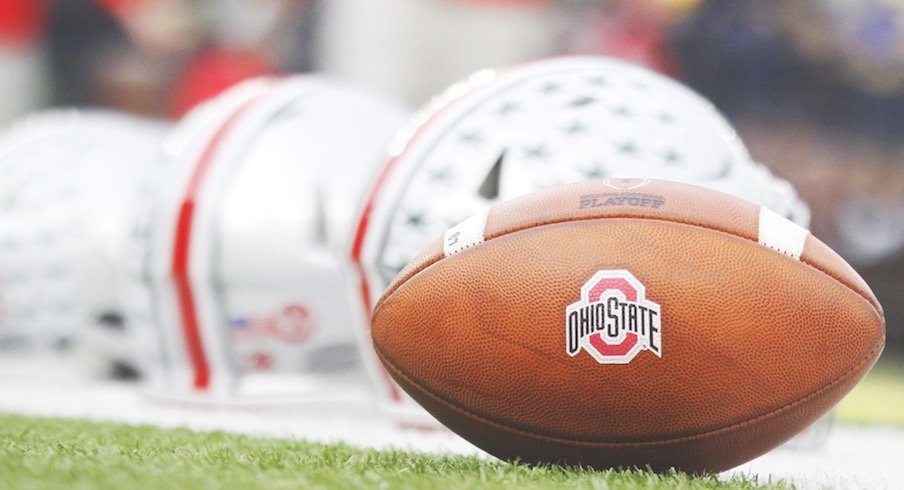Ohio State adds another top-100 safety as Simeon Caldwell commits to the Buckeyes.
College football players will now be able to play up to four games and still redshirt beginning this season, the NCAA announced in a release on Wednesday.
"This change promotes not only fairness for college athletes, but also their health and well-being. Redshirt football student-athletes are more likely to remain engaged with the team, and starters will be less likely to feel pressure to play through injuries,” Miami athletic director Blake James, the chairman of the NCAA's Division I council, said in a statement. “Coaches will appreciate the additional flexibility and ability to give younger players an opportunity to participate in limited competition."
Going forward, a player who has not used his redshirt will be able to play in four games or less without counting it as a season of competition. Previously, a player who participated in even one game could not take a redshirt unless he applied for a medical redshirt, which could be granted to a player who suffered an injury after playing in no more than 30 percent of his team's games.
Yep. It's a big change.
The rule change has not yet been applied to other sports, and football players will still have only five years to compete in up to four seasons of competition. The rule change is not retroactive, meaning that players who participated in less than four games but did not redshirt in previous seasons will not be able to get those years back.
The rule change also stipulates that a midyear enrollee cannot use the exception to participate in a postseason game that occurs before or during the student-athlete's first term at a school, thereby preventing a player from enrolling in January and being able to immediately play in a game after the start of a semester – which the College Football Playoff national championship game often is – without sacrificing a season of eligibility.
Todd Berry, the chairman of the American Football Coaches Association, said in January that the proposal for college football players to be able to participate in up to four games and still redshirt had been met with "unanimous" support.
"There was not a single dissention, two years in a row, against this," Berry said in January. "Very rarely will you find any coaching group, or probably any part of society, that is unanimous across every level … This needs to pass, and it needs to pass right now."
Now, schools will be able to play freshmen in a limited number of games before deciding whether to redshirt them, which should be particularly beneficial for schools like Ohio State where it is often difficult for true freshmen to earn regular playing time, but where coaches are also often hesitant to redshirt talented players due to the potential for early NFL draft departures.
The redshirt rule change wasn't the only rule change announced by the NCAA on Wednesday. The governing body also announced a rule change that will allow student-athletes across all sports to transfer to a different school and receive a scholarship without asking their current schools for permission, beginning Oct. 15.
Previously, schools could choose not to release a student-athlete from his or her scholarship, or place restrictions on which schools that student-athlete could transfer to. That often resulted in coaches, especially in football, blocking student-athletes from transferring to schools that were within their conference, on their schedules for upcoming seasons and/or schools that previously recruited them. One such example occurred last year when Auburn blocked Antwuan Jackson from transferring directly to Ohio State, forcing him to spend a semester at Blinn College before enrolling at Ohio State this January.
Per the new system, schools will be required to enter a student-athlete's name into a national transfer database within two business days after a student-athlete informs his or her school of a desire to transfer. The rule change also adds tampering with a current student-athlete at another school to the list of Level 2 violations, considered a significant breach of conduct.
The NCAA's release states that conferences "still can make rules that are more restrictive than the national rule." The Big Ten, however, eliminated its restriction on intraconference transfers prior to the 2011-12 academic year.
Student-athletes who have not graduated and decide to transfer to another Division I (Football Bowl Subdivision only for football) school will still be forced to sit out for one year.


